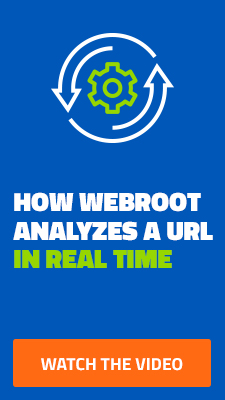In a series of blog posts, we’ve highlighted the emergence of easy to use, publicly obtainable, cracked or leaked, DIY (Do It Yourself) DDoS (Distributed Denial of Service) attack tools. These services empower novice cybercriminals with easy to use tools, enabling them to monetize in the form of ‘vendor’ type propositions for DDoS for hire services. Not surprisingly, we continue to observe the growth of this emerging (international) market segment, with its participants continuing to professionalize, while pitching their services to virtually anyone who’s willing to pay for them. However, among the most common differences between the international underground marketplace and, for instance, the Russian/Easter European one, remain the OPSEC (Operational Security) applied — if any — by the market participants knowingly or unknowingly realizing its potential as key differentiation factor for their own market propositions.
Case in point, yet another newly launched DDoS for hire service, that despite the fact that it’s pitching itself as anonymity and privacy aware, is failing to differentiate its unique value proposition (UVP) in terms of OPSEC.
read more…







